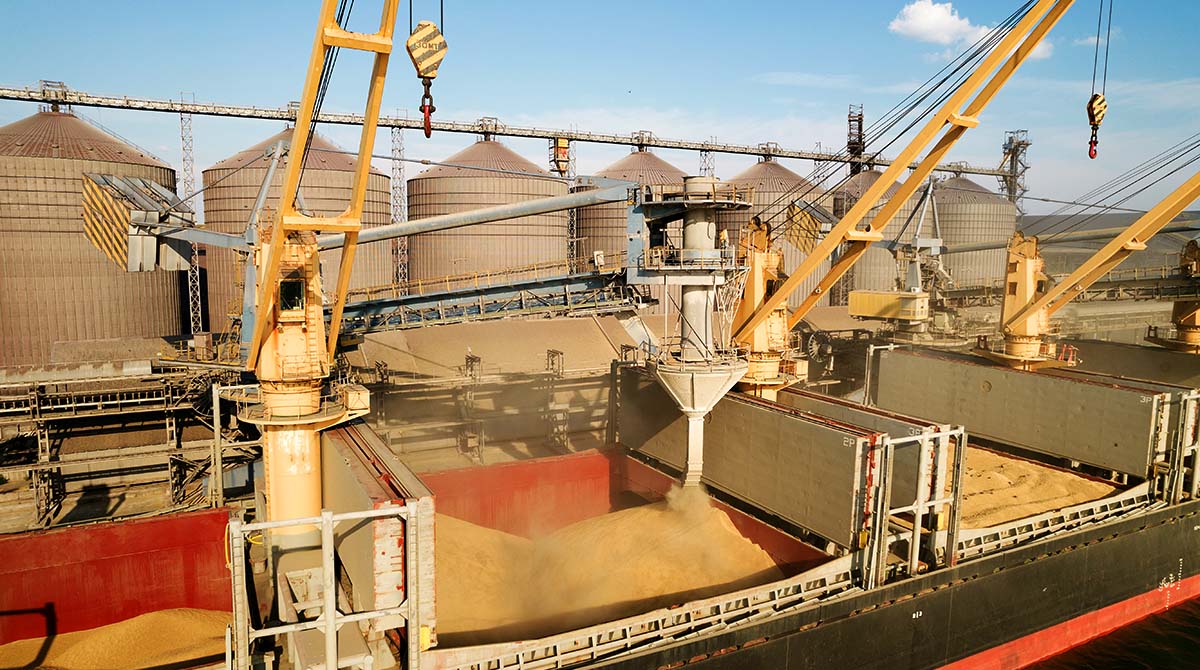NNPC has recently dealt with a number of cases in which a problem arose as a result of an incorrect stowage factor of the cargo. This can cause problems when calculating freight, loading the cargo, the stability of the ship or the description of cargo when issuing a bill of lading.
In many cases, the contract terms will include a allowable margin for the stowage factor, but often this is not verified in advance. The problem then only surfaces when part of the cargo has already been loaded and a discussion inevitably arises with the charterer or shipper about the measures to be taken and the need to unload or stow the cargo again. In this regard, it is relevant to consider the manner in which a stowage factor has been calculated.
- Stowage factor is defined as the volume occupied by one metric ton (1,000 kg) of a product in cubic meters (m³/MT).
- The stowage factor of the cargo can be affected by several factors, including:
- Type of cargo: For cargoes such as grain, there are many different types with varying densities, so the stowage factor can vary considerably from one cargo to another.
- Moisture content: Higher moisture content increases bulk density, making grain heavier and can lead to clumping or mold formation, which affects the stowage factor.
- Grain size and shape: Smaller or irregularly shaped grains can be stowed more compactly, while larger grains take up more space.
- Stowage method: The way in which cargo is loaded (e.g. bulk or bagged) and the degree of compaction affect the density and stability.
- Temperature: High temperatures can cause grain to expand or cause moisture problems, which affects the stowage factor.
- Loading and unloading procedures: The speed and method of loading/unloading may cause air entrapment or uneven distribution.
Due to the various factors, the stowage factor may differ significantly from the factor as agreed in the contract terms and may lead to significant operational problems. A stowage factor that is lower than agreed can lead to the cargo shifting because insufficient volume is avilable to be loaded, thus endangering the stability of the vessel. On the other hand, a stowage factor that is significantly higher than previously specified can lead to the cargo not being able to be loaded in full. In such cases, the cargo will have to be discharged and re-stowed in whole or in part, which can of course result in significant additional costs and loss of time.
In order to limit the above risk, we recommend ensuring that the charter party conditions are specific and preferably do not contain general exclusions, such as “Without Guarantee” or “About”. Standard contracts such as GENCON or BIMCO usually leave a margin for the stowage factor. If no margin is explicitly specified, a “reasonable” margin is assumed, often considered to be around 5% for bulk cargoes such as grain. As far as possible, the cargo and stowage factor should be determined in advance so that the chance of complications or disputes is limited.
The NNPC claims team is available at all times to review draft contracts and clauses. Members are invited to contact the claims team via claims@nnpc.nl for support or advice.





